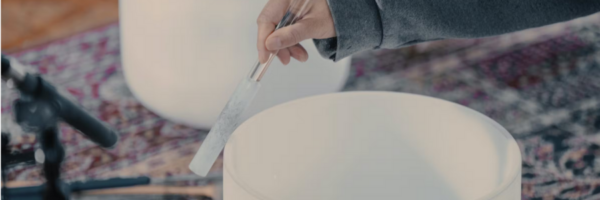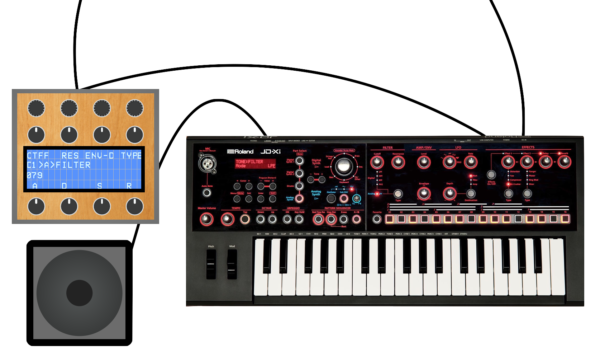New Virtual Instrument Created With Aska Matsumiya
New Virtual Instrument features Ethereal Sound Of Crystal Bowls.
Spitfire Audio has introduced Aska Matsumiya – Crystal Bowls, a new virtual instrument created from the vibrations of high-purity quartz crystal bowls, created in collaboration with composer Aska Matsumiya (Home, After Yang, Betty).
What they say about it:
“Traditionally known for their use in meditation practice and sound therapy, we’ve transported these otherworldly instruments into the cinematic realm by capturing a detailed and diverse range of performance styles in the resonant acoustics of the Hackney Round Chapel, London.
Mix and move between a wide spectrum of textures within our intuitively designed plugin to create intense atmospheric soundscapes — from percussive, shimmering shorts to deep, long-lasting resonances, as well as a range of contemporary warped presets. Designed to breathe new life into any genre of music — from ambient minimalism to ethereal cinematic scores.”
- A 7-piece set of rare crystal singing bowls made from high-purity quartz
- Tuned to C, D, E, F, G, A, and B at a frequency of 432 Hz
- Recorded in the expansive acoustics of London’s Hackney Round Chapel, with a clear and resonant reverb
- Presented in an elegant, user-friendly interface equipped with intuitive controls
- Four controls to help shape your sound – Attack, Release, Offset and Reverb (using an IR captured in the Round Chapel)
- 5 Crystal Bowl playing styles
- Mix between a range of six traditional and contemporary beaters – Brushes, Soft Mallet, Sticks, Rubber Mallet, Plastic Mallet, Hot Rods
- Two tuning fork sounds for higher, sharper tones
- One signal created from a mix of Close, Room, Gallery positions
- Six warped sounds made by running the crystal bowls through guitar pedals and granular synths
- 1 GB
Aska Matsumiya – Crystal Bowls is available now for $99.




